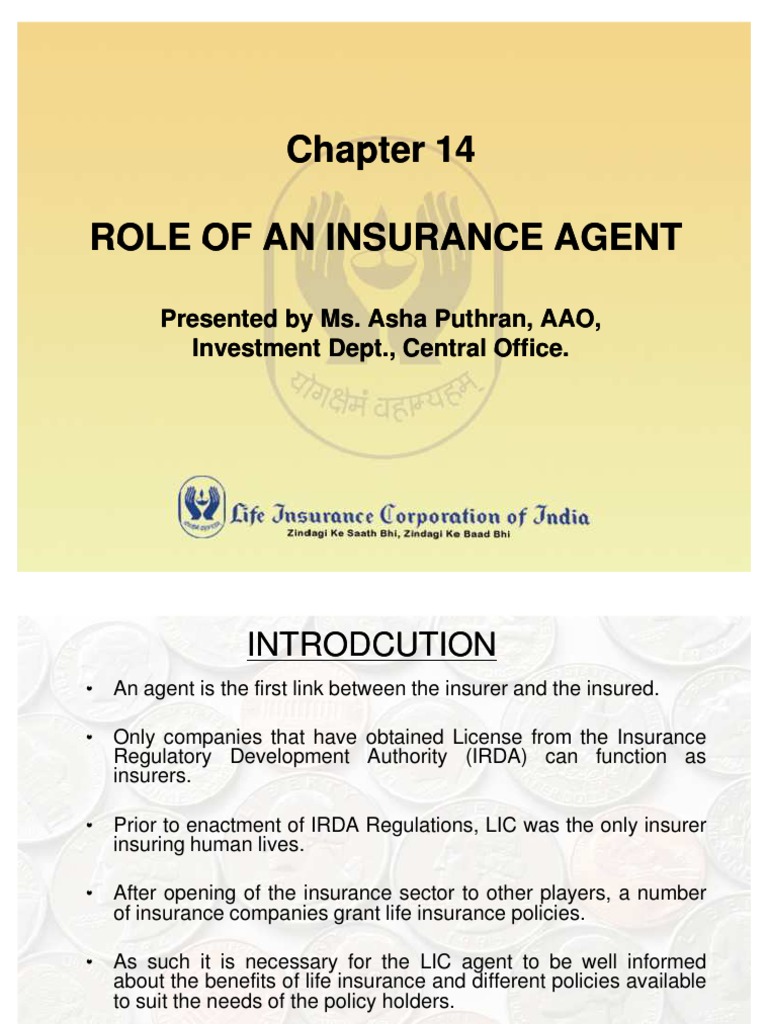The Ultimate Guide To Pacific Prime
Getting The Pacific Prime To Work
Table of ContentsPacific Prime for DummiesNot known Details About Pacific Prime See This Report on Pacific PrimeSome Known Factual Statements About Pacific Prime
In many states, the insurance firm is called for to send you a copy of the adjustments to your plan. It is essential that you check out Recommendations or Cyclists so you comprehend exactly how your plan has actually altered and if the policy is still sufficient to satisfy your requirements. To acquire a copy of your insurance policy, please contact your insurance policy representative or company.
The Institute of Medicine (IOM) Committee on the Repercussions of Uninsurance launches an extensive assessment of proof that addresses the importance of health insurance protection with the publication of this report. Coverage Issues is the very first in a series of six reports that will be issued over the next two years recording the fact and effects of having actually an estimated 40 million individuals in the USA without medical insurance coverage.

What Does Pacific Prime Mean?
The objective of this series of studies is to refocus plan focus on a longstanding trouble. Following the lengthiest economic growth in American background, in 1999, an approximated one out of every six Americans32 million grownups under the age of 65 and greater than 10 million childrenremains without insurance (Mills, 2000).

Ten percent of the populace make up 70 percent of healthcare expenditures, a connection that has stayed consistent over the previous three decades (Berk and Monheit, 2001) - group insurance plans. Thus medical insurance continues to serve the function of spreading risk even as it progressively funds routine treatment. From the viewpoint of health care carriers, insurance carried by their patients assists secure an income stream, and neighborhoods take advantage of monetarily viable and stable healthcare professionals and establishments
Federal government supplies medical insurance to populations whom the private market might not offer effectively, such as impaired and elderly individuals, and populaces whose access to healthcare is socially valued, such as kids and pregnant women. The supreme ends of medical insurance coverage for the private and neighborhoods, including workplace neighborhoods of employees and companies, are improved wellness end results and lifestyle.
The smart Trick of Pacific Prime That Nobody is Discussing
Employees rate wellness insurance coverage initially by much in importance amongst all the benefits supplied in the office (Salisbury, 2001). There have actually been sizable investments of individual and public funds to give wellness insurance, several people still have no protection. Regardless of considerable coverage of study searchings for and health and wellness treatment research study results, the basic public remains baffled and misinformed concerning Americans without medical insurance and the ramifications of doing not have insurance coverage.

Without concern, the complexity of American healthcare funding mechanisms and the wide range of resources of details contribute to the public's confusion and suspicion regarding medical insurance stats and their analysis. This record and those that will certainly follow goal to boil down and offer in readily reasonable terms the extensive research study that bears upon questions of health and wellness insurance policy coverage and its value.
Fifty-seven percent of Americans surveyed in 1999 believed that those without medical insurance are "able to obtain the treatment they require from physicians and medical facilities" (Blendon et al., 1999, p. 207). In 1993, when national attention was focused on the issues of the without insurance and on pending healthcare regulations, just 43 percent of those surveyed held this idea (Blendon et al., 1999).

They also get less preventive services and are less most likely to have normal take care of persistent conditions such as high blood pressure and diabetes mellitus. Persistent diseases can bring about pricey and disabling issues if they are not well handled (Lurie et al., 1984; Lurie et al., 1986; Ayanian et al., 2000). One national survey asked even more than 3,400 adults about 15 extremely severe or dark anonymous problems.
The Ultimate Guide To Pacific Prime
Additional evidence exists later in this phase in the conversation of insurance and accessibility to healthcare. https://www.webtoolhub.com/profile.aspx?user=42386420. People without medical insurance are young and healthy and choose to do without protection. Almost fifty percent (43 percent) of those surveyed in 2000 thought that people without health insurance policy are a lot more likely to have health issue than people with insurance policy
Citizens and plan makers in focus group conversations identify those without insurance as youths that have the chance to be covered and feel they do not require it (Doorperson Novelli, 2001). Contrasted to those with at the very least some personal protection, the without insurance are less likely to report remaining in excellent or really good wellness (Agency for Healthcare Study and Quality, 2001).
RESOURCE: Facility for Cost and Financing Research Studies, Firm for Health Care Study and High quality, based upon MEPS data. Young grownups in between 19 and 34 are much more most likely to lack medical insurance than any kind of other age. This is chiefly because they are less often eligible for employment-based insurance coverage as a result of the nature of their work or their brief period in it.
The perception that people without insurance coverage have better-than-average wellness follows from puzzling the reasonably young age account of the without insurance with the much better health and wellness, on average, of more youthful individuals. This covers the web link between health status and health and wellness insurance policy. For those without accessibility to work environment health and wellness insurance, poor wellness is a potential barrier to purchasing nongroup coverage because such coverage might be very valued, omit pre-existing problems, or be just inaccessible.